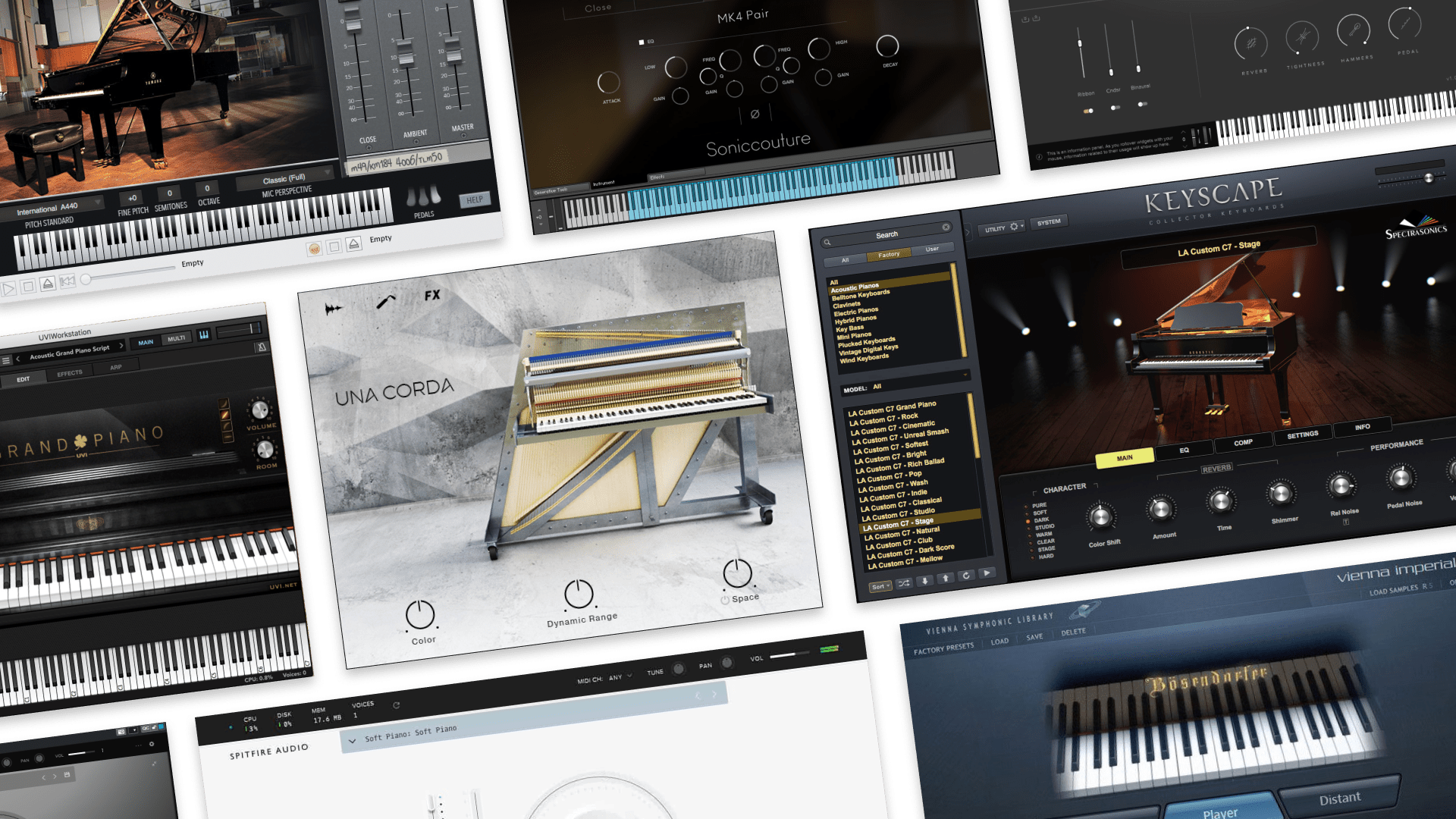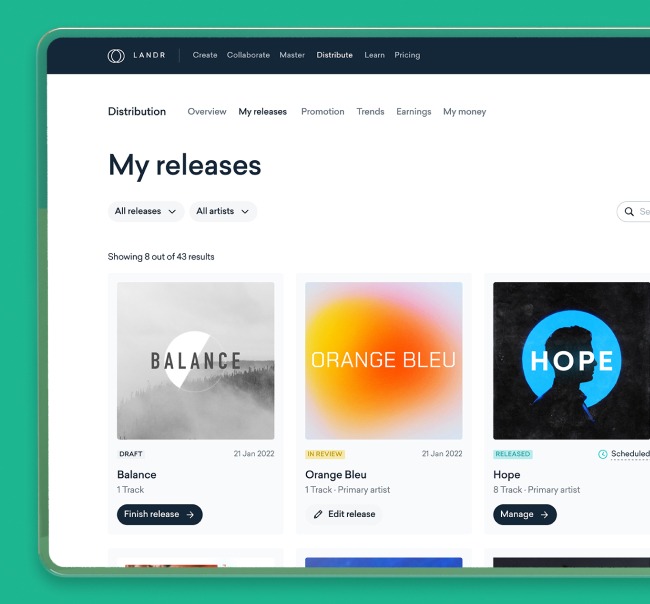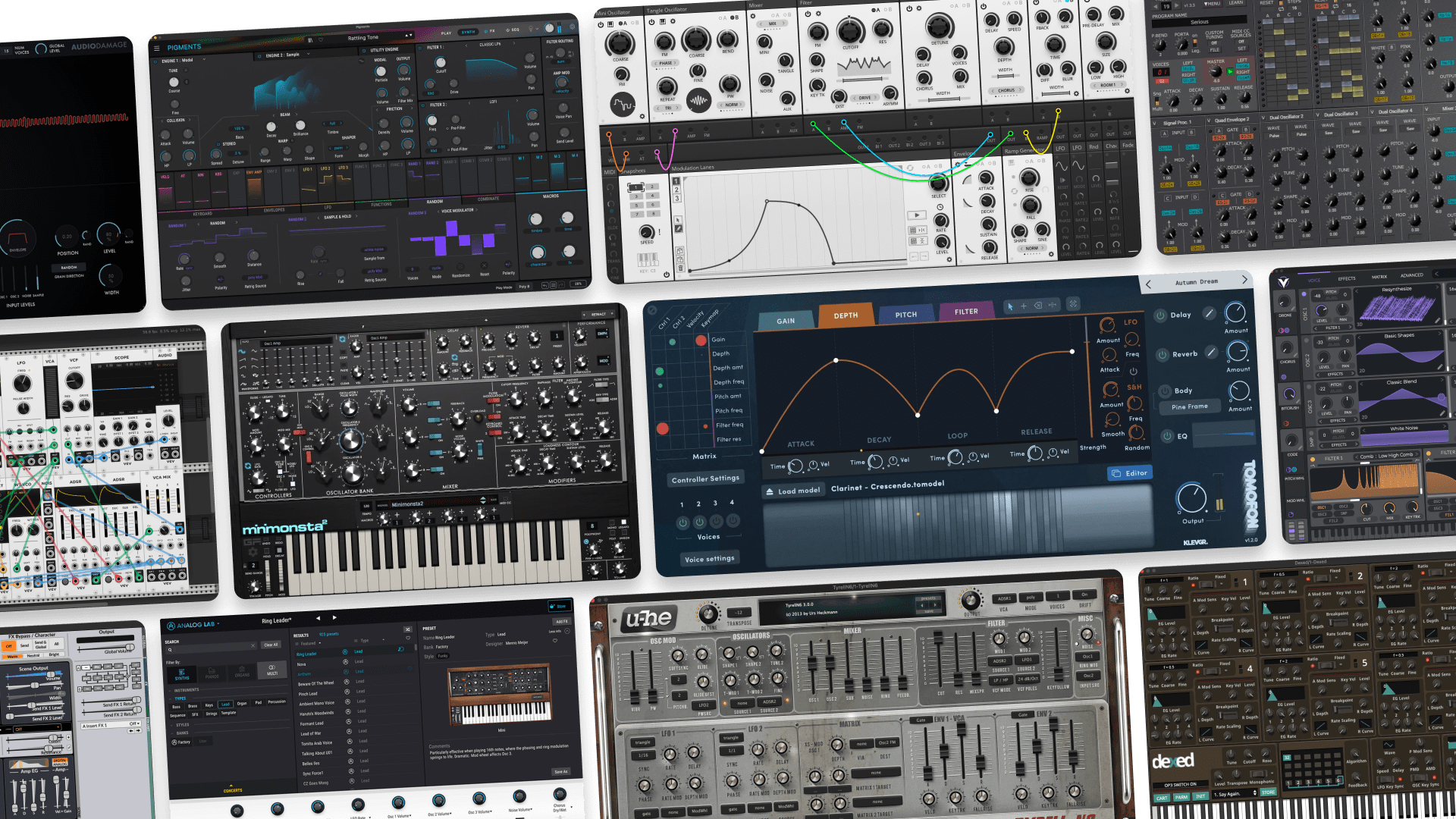
Split Sheet: Manage Songwriting Splits With This Template

If you work with collaborators, the split sheet is where everyone agrees on how each contributor should be paid.
Agreeing on songwriting splits is a huge part of working with any collaborator, especially if your project is gaining traction and stands to make money from an upcoming release.
That’s why working out who gets what percentage of a song’s royalty payments is key for maintaining strong relationships and trust between you and your collaborators.
In this article, let’s explore how modern split sheets work and how to set up your songwriting splits.
We’ll look at industry best practices and I’ll share some of my own experiences with songwriting splits too.
We even have a free split sheet template you can download if you’d like a starting point for planning splits with your collaborators.
Let’s dive in.
What is a split sheet?
A split sheet defines the songwriting percentages owed to each contributor for a song or set of songs. In a split sheet, each collaborator is given a percentage of ownership over songwriting, mechanical and streaming royalty payments.
Split sheets usually outline each contributor’s share of the following royalties:
- Publishing royalties
- Mechanical royalties
- Streaming royalties
Traditionally split sheets were written up by record labels or publishing companies or they were set up as part of a record or publishing deal—often with the record label giving itself a split of the royalties.
But with many artists going with the independent route, it’s now on the artist to formulate split agreements between themselves and their collaborators.
Who is included on a split sheet?
The short answer is anyone who contributed to the creation of the song.
However, if you work with a label, management or a publishing company—you likely will have to include them in your split sheet even though they didn’t directly contribute to the creation of your music.
A split sheet could include contributors such as:
- Songwriters: creators of the lyrics, melody and song concept
- Composition owners: anyone who contributed to composition or arrangments
- Producers: mixing & mastering engineers, studio producers, sound designers
- Musicians: studio musicians taking a percentage in lieu of their session rate
- Music publishers and record labels
What information is found in most split sheets?
Documenting everything on your split sheet agreement is super important for keeping the trust of everyone you work with.
That’s why you must get all the right information on your split sheet.
A typical split sheet will include information such as:
- The name of the song (or songs if the split sheet is for an album)
- The legal name of each contributor
- The share percentage allotted to each contributor
- The share percentage owned by the publisher or label
- Contact information for each contributor
- A dated signature from each party
- A witness signature
Of course, every split sheet document will look slightly different depending on the arrangement between the artist, contributor and any involved publishing agencies or labels.
How do split sheets work for streaming platforms?
Streaming royalties are split the same way as mechanical and publishing royalties.
But because streaming royalties are often collected and managed by digital distribution companies, they’re often easily set up directly within the distribution service’s platform.
In any case, keeping the same share of song splits for streaming as publishing and mechanical royalties for each contributor is best practice.
🧠 Hot tip
Can you use split sheets for sample clearance?
In the vast majority of cases, no. You can’t use a split sheet for sample clearance.
Instead, sample clearance is done by either paying a licensing fee or paying an agreed-upon royalty to the rights holder, outside of the split agreement.
The licensing fee will typically be paid before splits are paid, so any royalty share paid to song contributors where a song contains a sample will come after the sample license holder amounts are paid out.
In many cases though, sample clearance is paid out in a lump sum to the rights holder in exchange for right to sample their music.
How to calculate percentages between collaborators
There’s no set rule on how to calculate royalty splits between collaborators. But it should be somewhat obvious who deserves what in terms of credit.
A general rule of thumb that you’ll hear pushed by veterans in the industry is anyone who was in the room at the time of writing the song deserves some share of the song’s royalties.
Of course, songs are written over time and it’s not always clear where exactly a song was written if different writing sessions occurred throughout production.
So another way to look at it is by identifying which contributors performed various roles throughout the creation process. Any of the roles I mentioned already could be included on a split sheet.
Here’s one way to calculate percentages between each role:
- Songwriters: 30-50%
- Producers: 25-30%
- Mix & master engineers: 10-15%
- Session musicians: 5-15%
- Label or music publishers: 10-20%
Of course, this is a rough guide, you’ll need to have a conversation with your collaborators about whether they get a credit and how much that credit should be.
For example, many recording engineers and studio musicians prefer a fixed studio rate over a songwriting credit.
When should you sign a split sheet?
Only after you’ve read all the legal wording in full and if you agree on how the royalties should be split.
Never sign something because you feel pressured, only make an agreement when you’re comfortable with what you’re agreeing to.
If you’re not ready yet, plan a meeting and have a conversation about how royalties will be shared between each contributor.
It’s always worth it to make sure everyone is onboard with how credit is being split before signing.
Divide and conquer
Music has a special tendency to bring like minded people together.
As an artist I’ve collaborated throughout my musical journey and each time I do I get to make friends and experience new ideas about music creation.
Working in the context of bands, writing my own music and playing as a supporting musician always means there’s always a discussion about how money should be split.
The best plan is to start an open and clear discussion about how everyone should expect to benefit from any money a project makes, so that no one is surprised or disappointed.
Now, go find some amazing collaborators and start making your next track!
Gear guides, tips, tutorials, inspiration and more—delivered weekly.
Keep up with the LANDR Blog.




